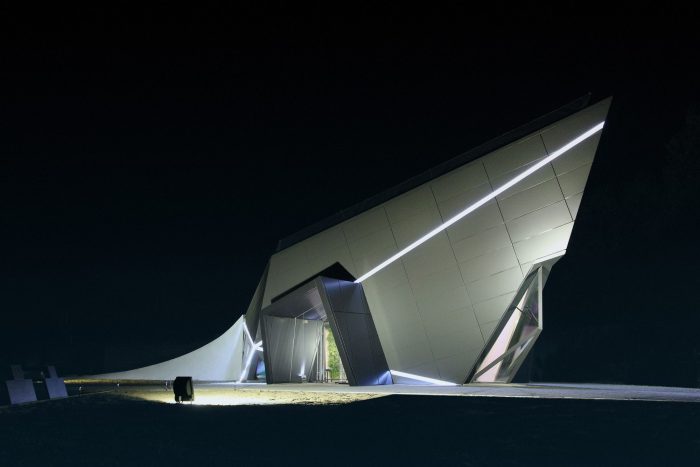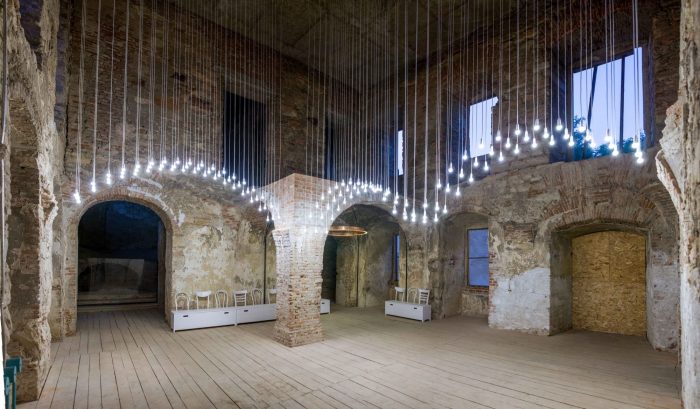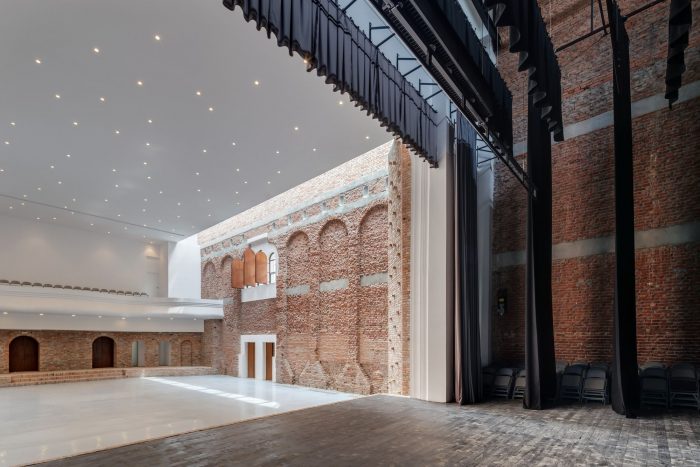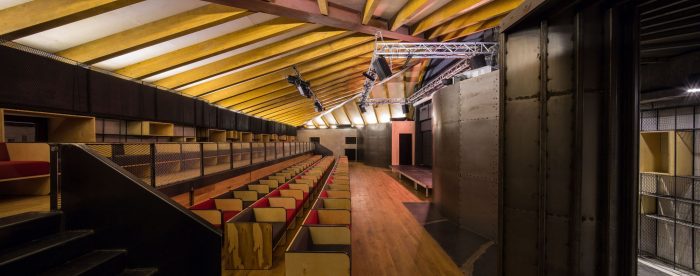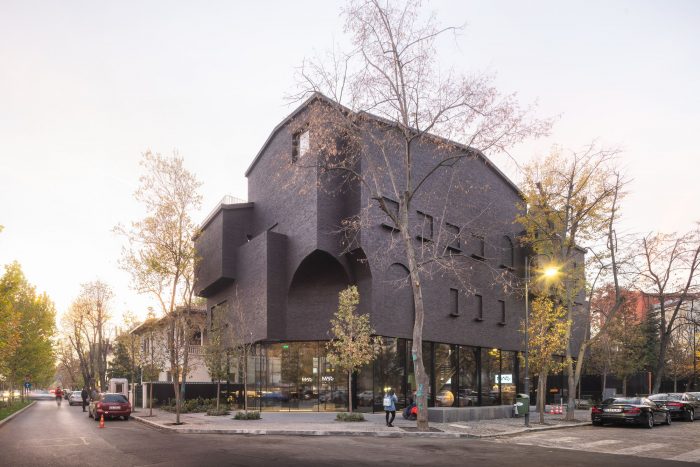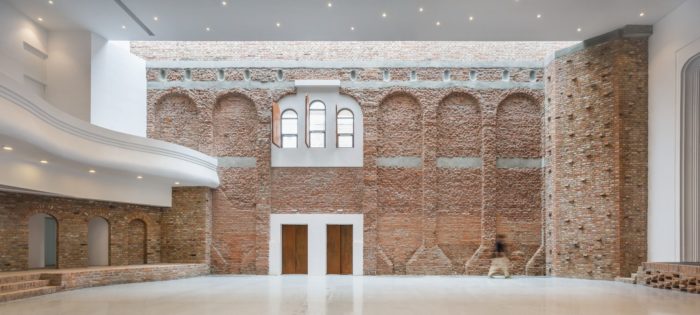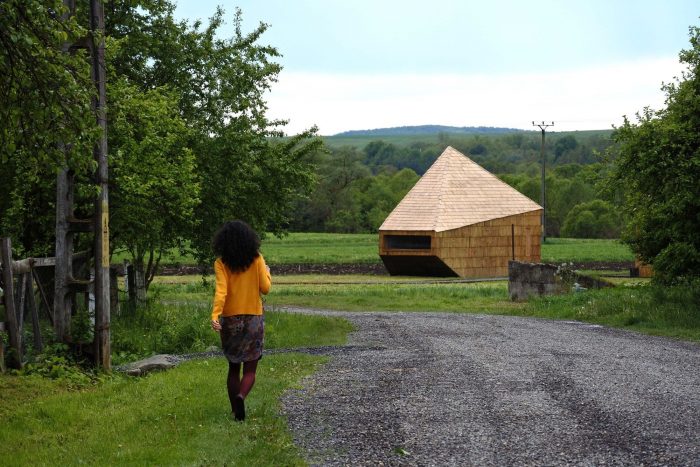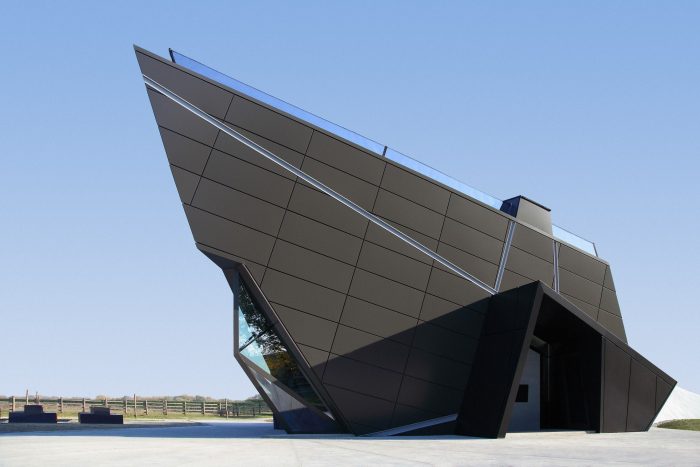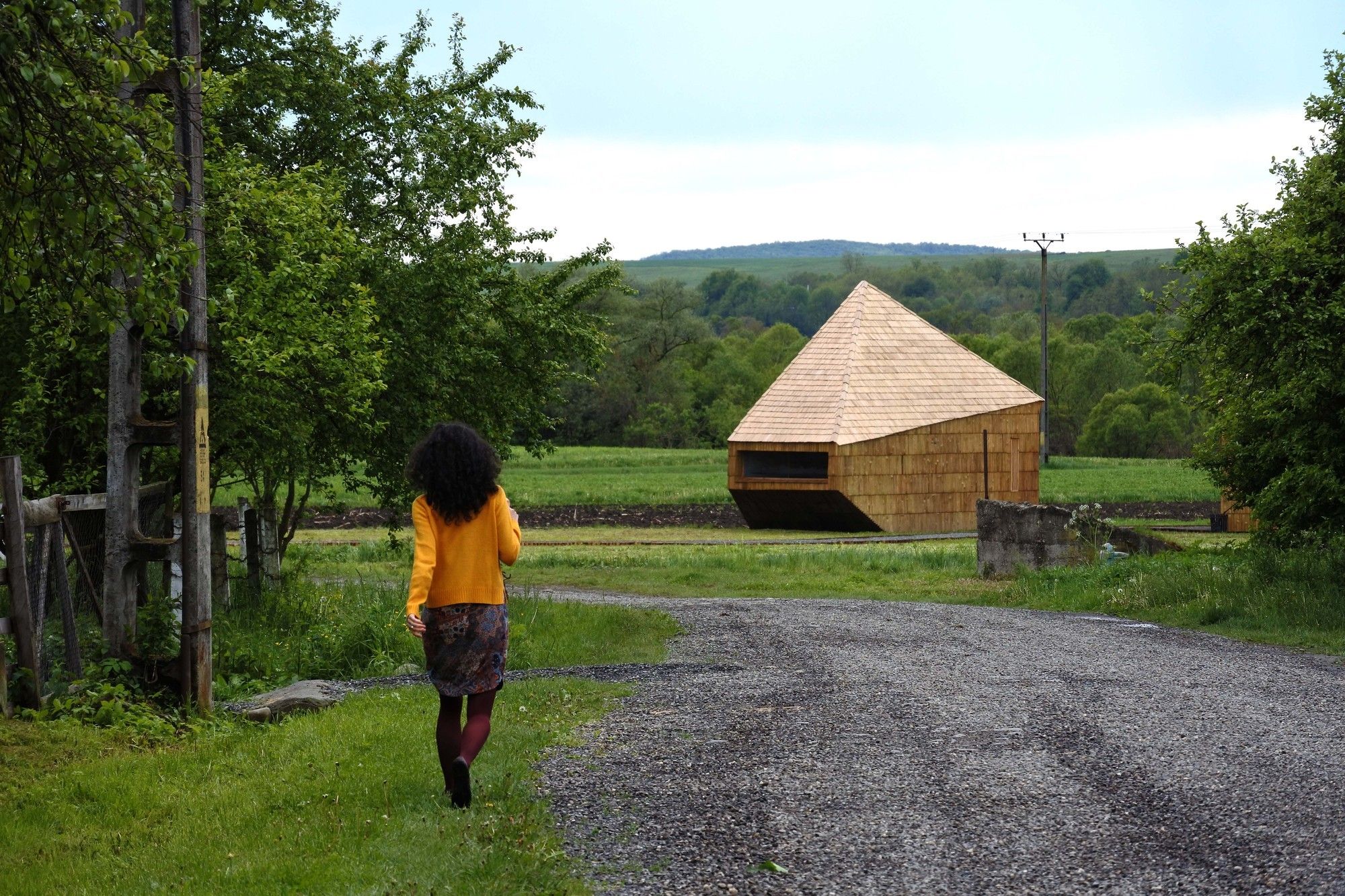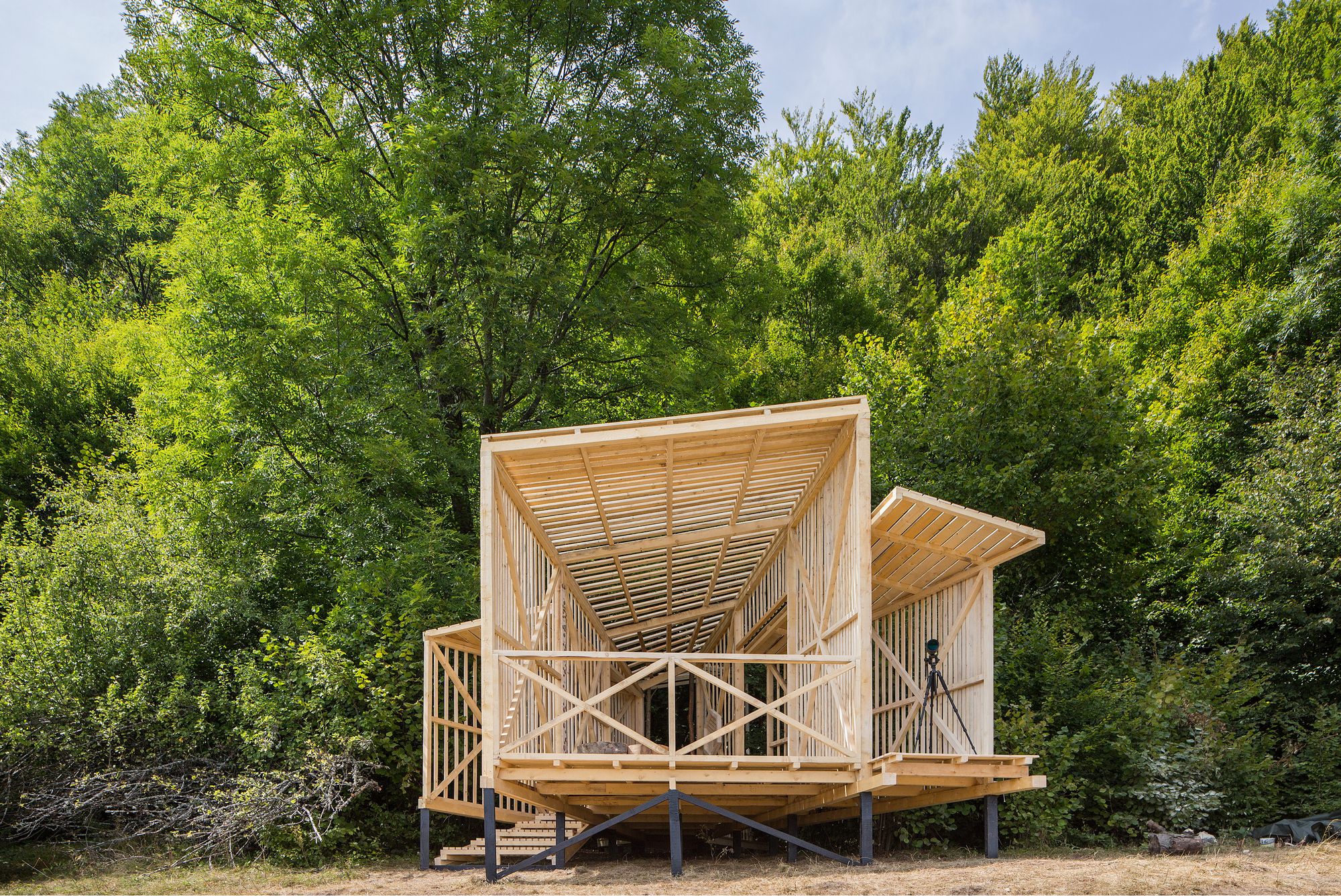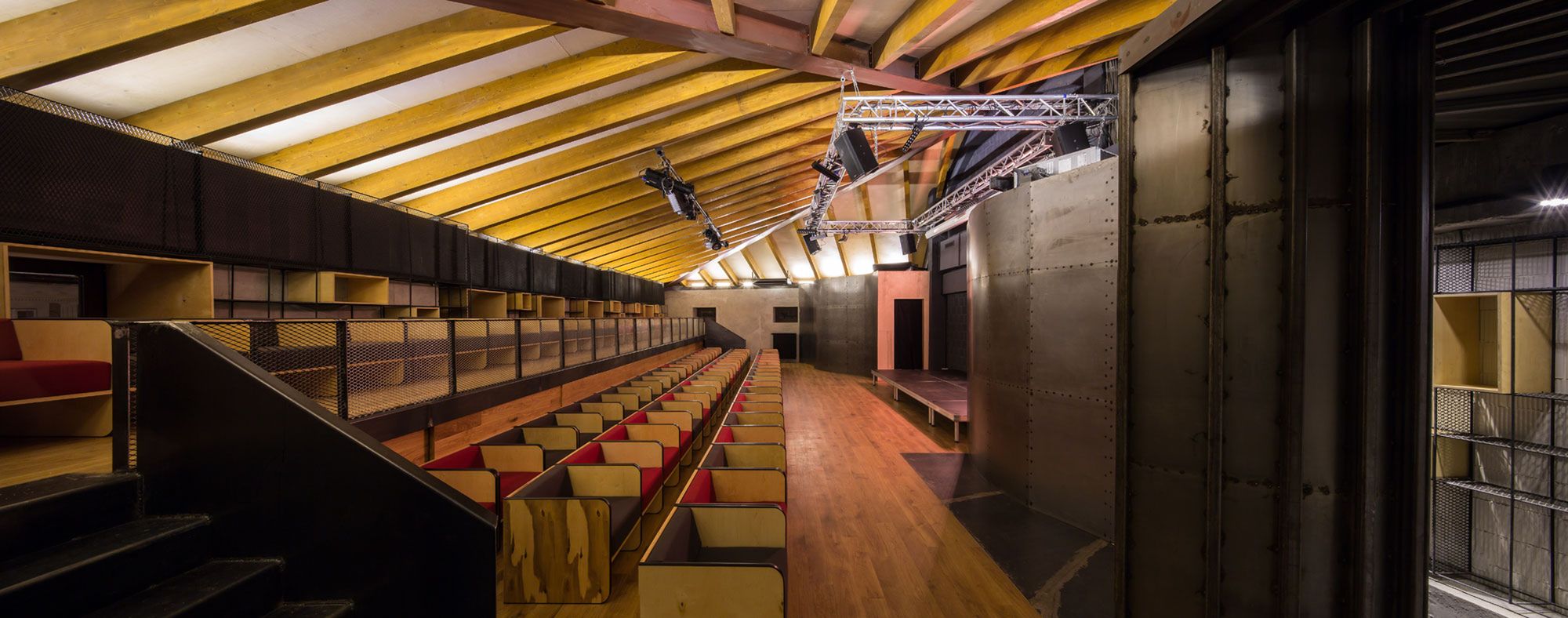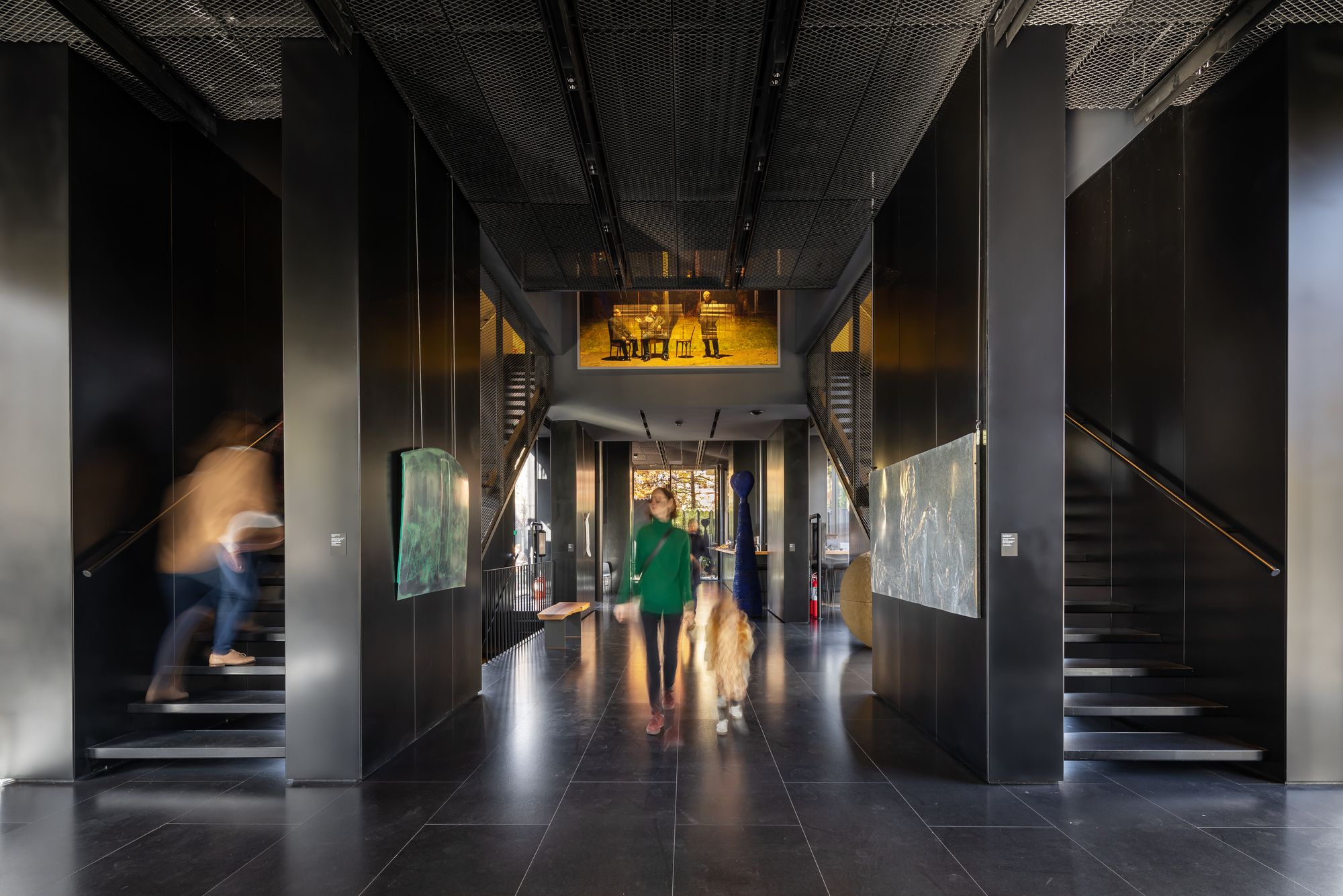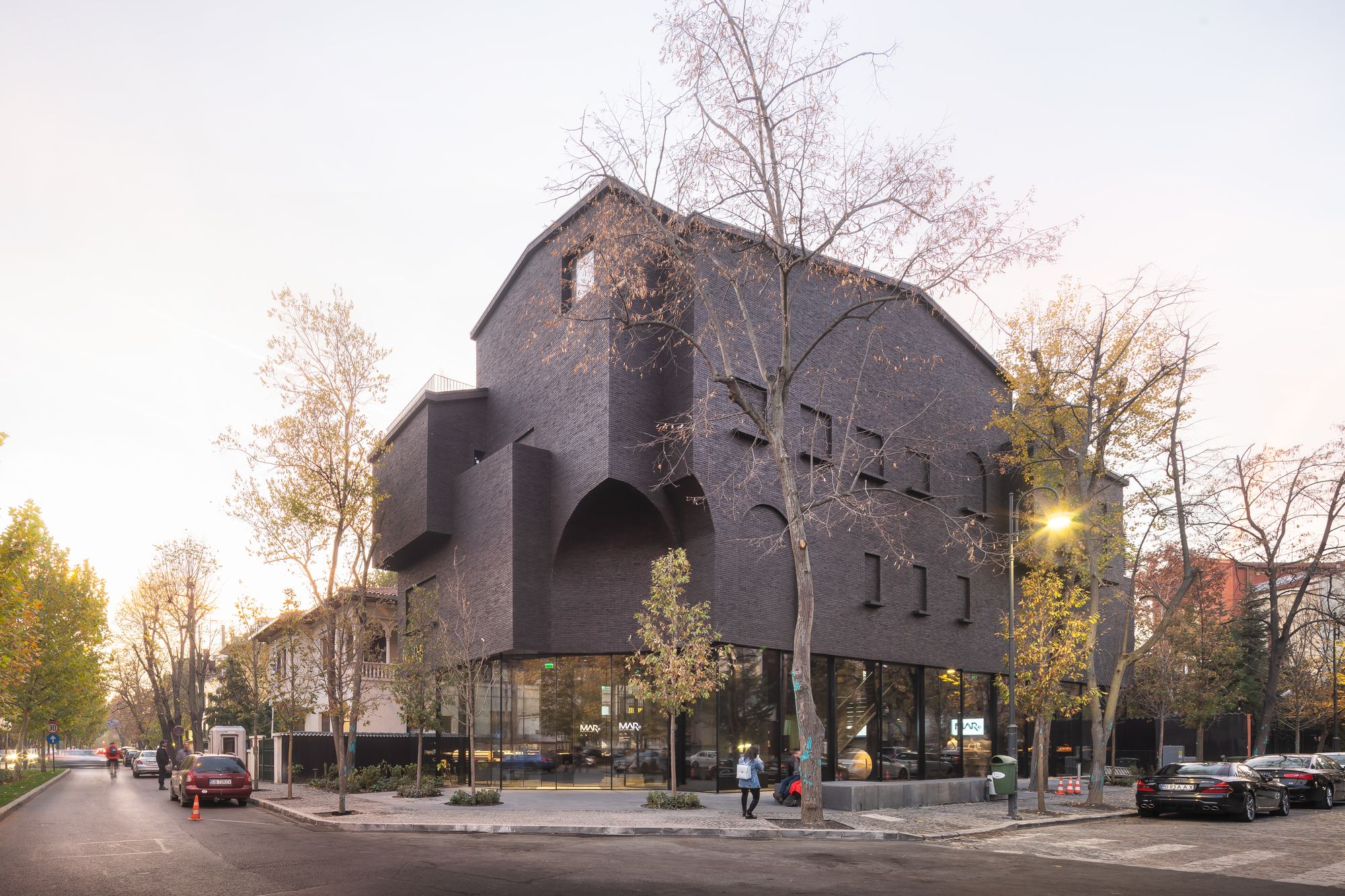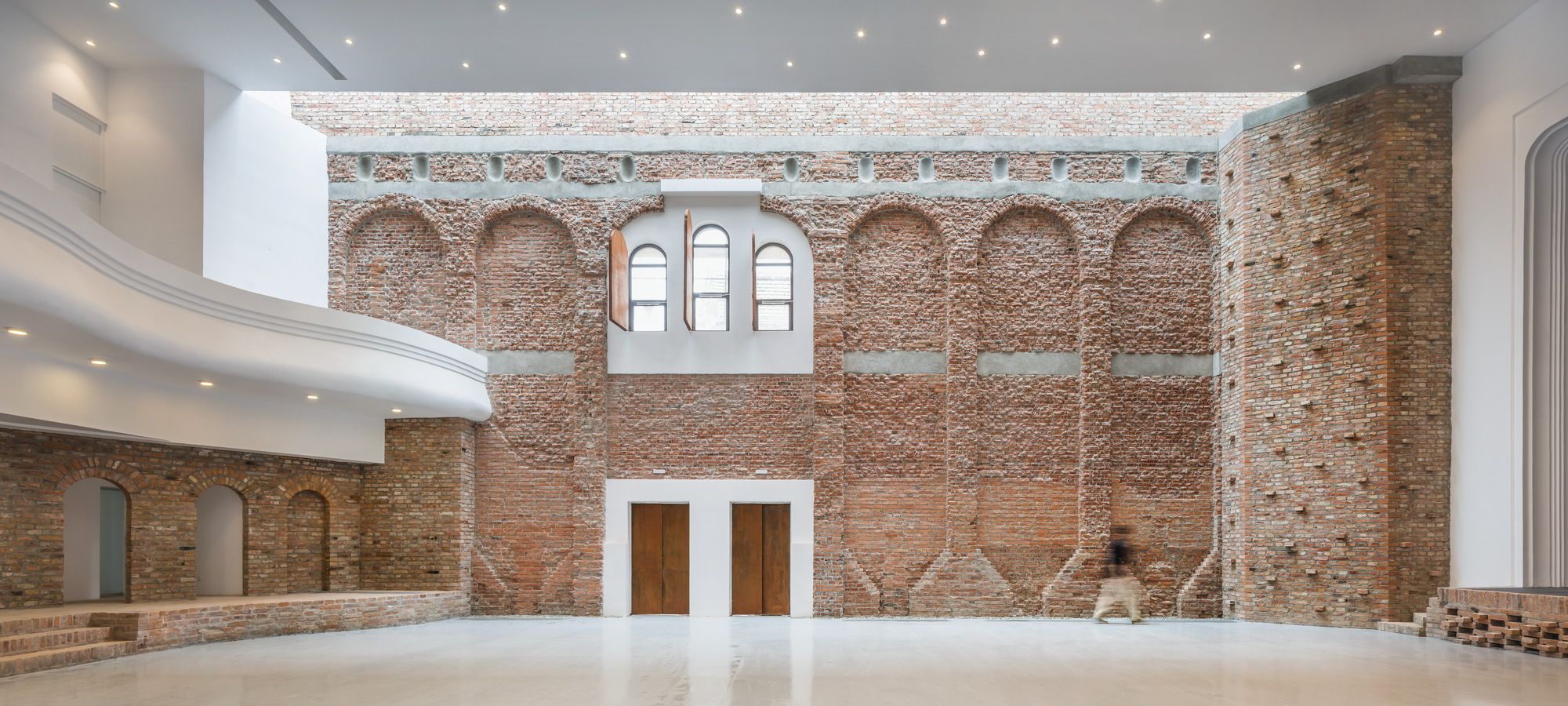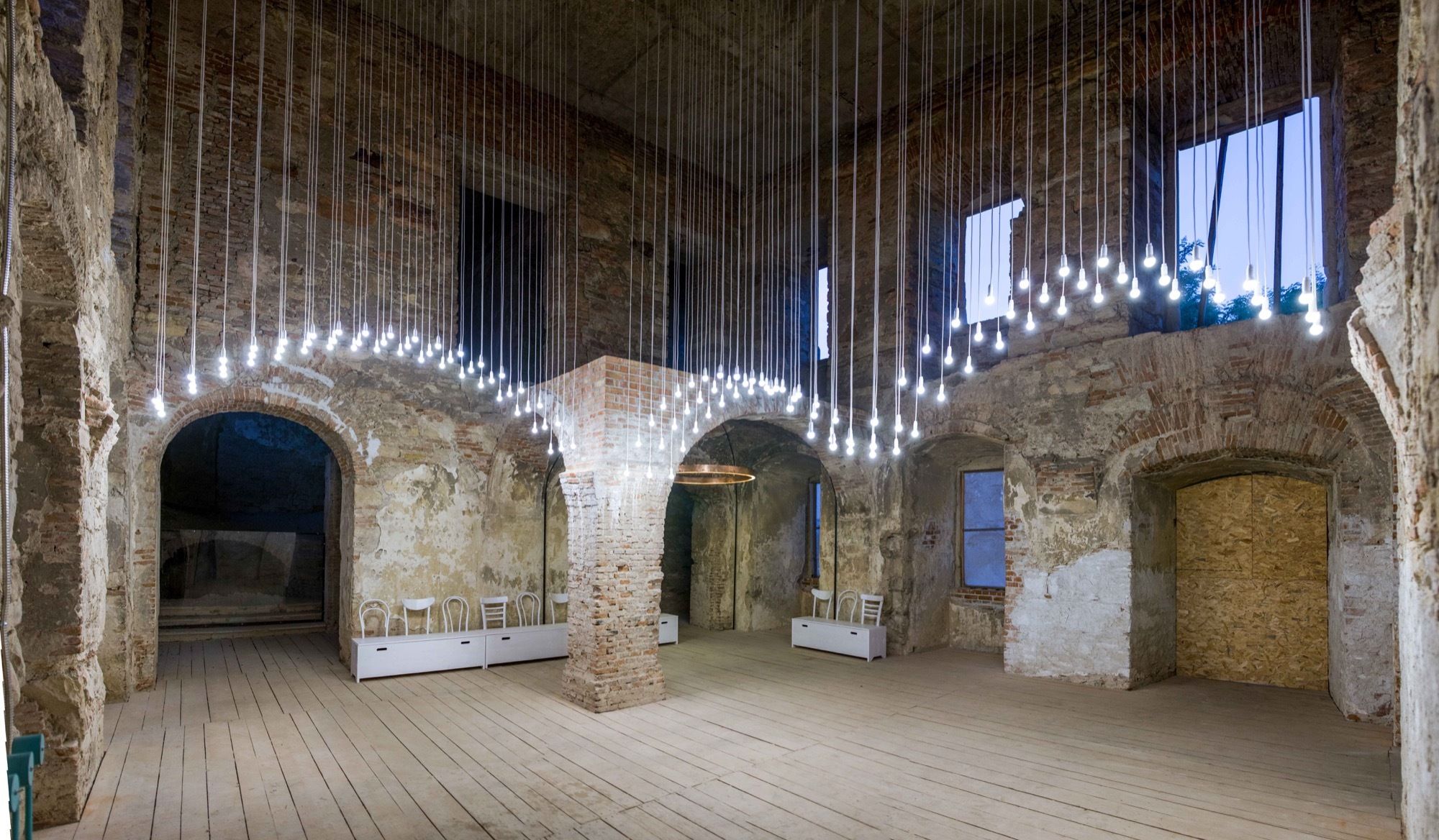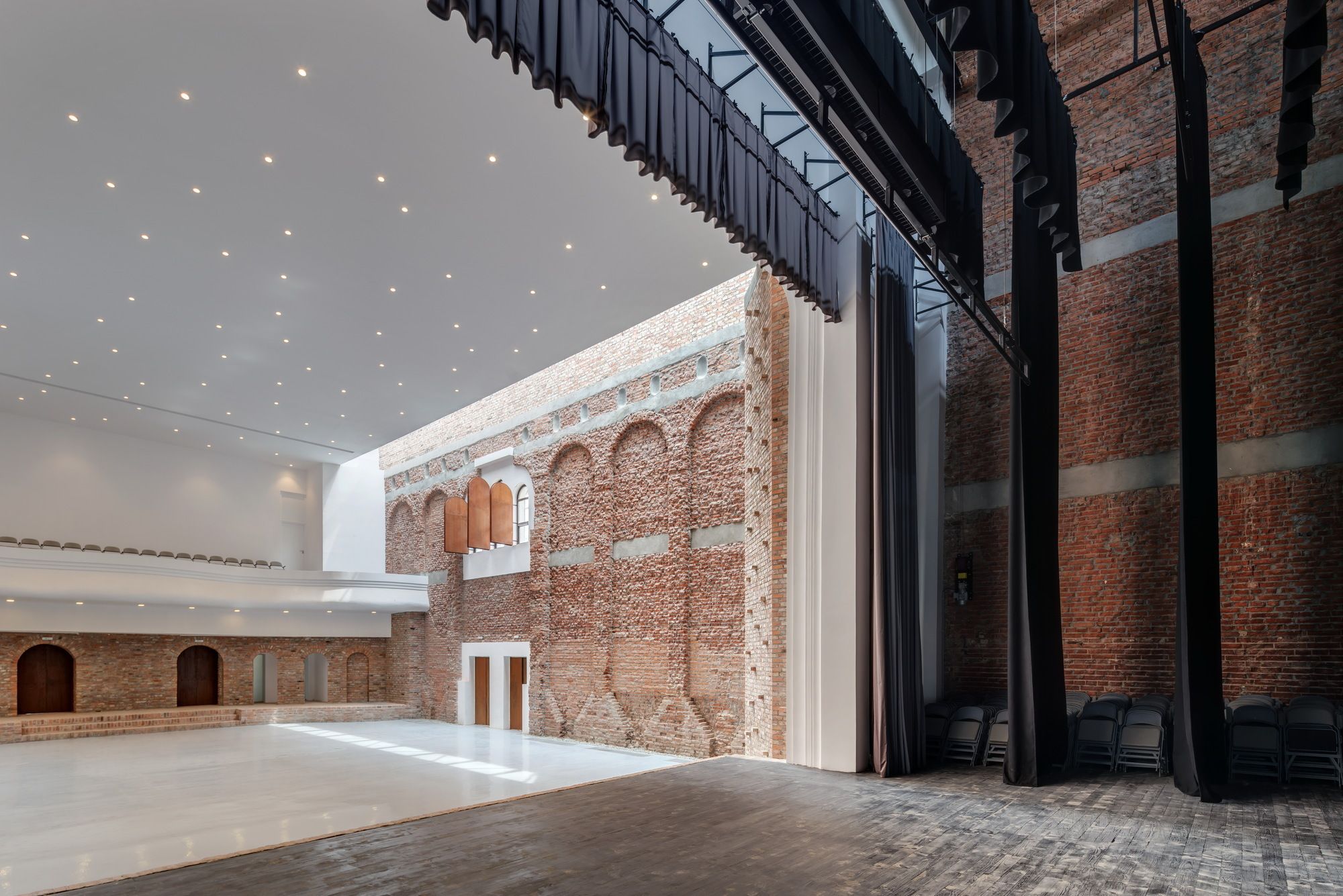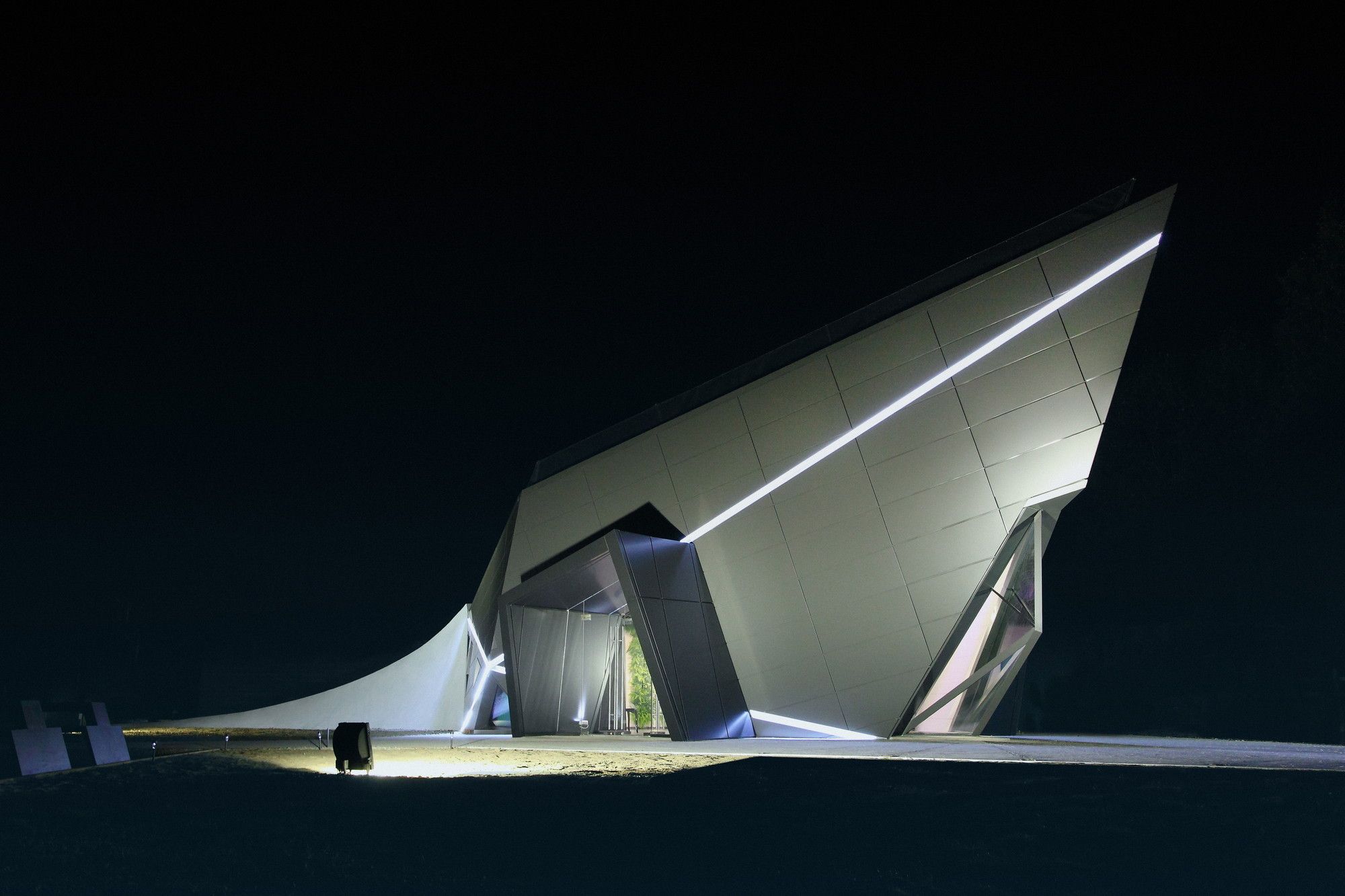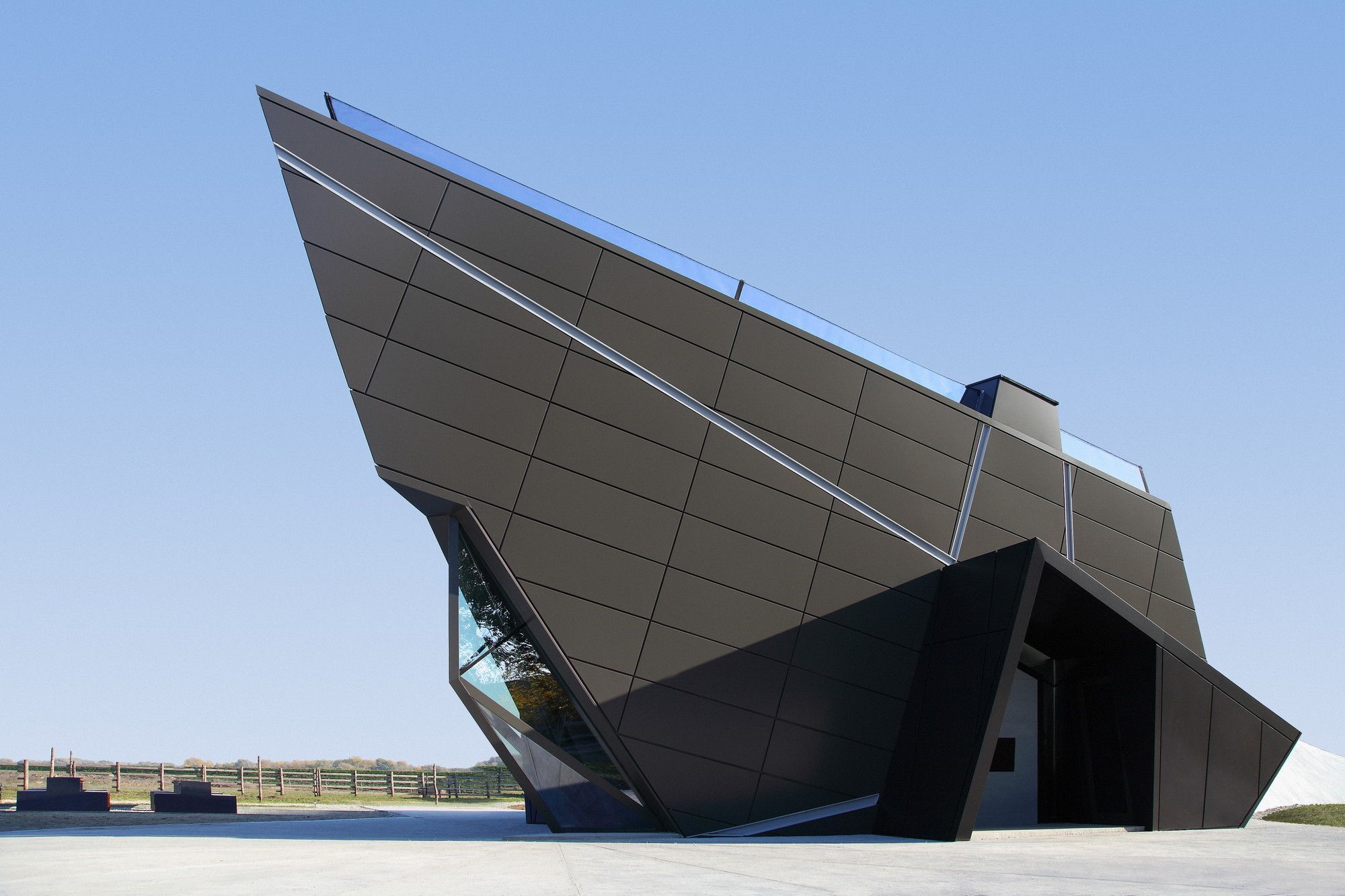The exhibition Mapping Bucharest: Art, Memory, and Revolution 1916–2016 is dedicated to Romania’s art scene; in front of a backdrop of avant-garde trends, it seeks out the potential of a cultural realm that spans Europe. Romania was the source of important impulses for the development of the historic avant-garde and modernity, whereby Romanian artists were among the founders or central protagonists of almost all significant art movements. The same goes for literature, film, and architecture. In Mapping Bucharest: Art, Memory, and Revolution 1916–2016, 33 artists and artist teams present an episodic look back at the past, give insight into Romania’s contemporary art scene, and open a window to the future.
At the junctures of Europe’s industrialised eastern zone, in Romania Dadaism was shaped by Tristan Tzara (Samuel Rosenstock), Arthur Segal (Aron Sigalu), and Marcel Janco (Marcel Iancu) and modern sculpture by Constantin Brâncuși; constructivism took form in Russia; and AustriaHungary gave rise to the Viennese intelligentsia. Along the Baltic–Balkan axis aesthetic images flowed into social reality. Moreover, surrealism, Lettrism, Nouveau Réalisme, and the Theater of the Absurd continue to the present day, as demonstrated by the artistic contributions presented in the exhibition. Ion Bitzan arranges the glyphs of text structure as their own abstract pictorial language; Gherasim Luca fuses poetry and art. Architect and theorist Jean Badovici, together with Irish designer Eileen Gray, wrote architectural history; while Adolf Loos, the incorruptible representative of Viennese Modernism, planned a residence for Tristan Tzara in Paris. Daniel Spoerri, who lives in Austria, was a cofounder of Nouveau Réalisme, among other things. André Cadere played an important role in conceptual, performative painting, while Paul Neagu focuses on the human being and body and comes up with his own performative language. The current Romanian New Wave film generation with Cristi Puiu, Cristian Mungiu, Corneliu Porumboiu, Marian Crișan, Radu Muntean, and Andrei Ujică opens up new horizons.
As a city, Bucharest is a metropolis of modern architecture; Marcel Janco designed buildings there for about 15 years until his emigration to Palestine. The exhibition Mapping Bucharest covers a time span of 100 years in the context of the Romanian art scene, which is not centrally organised as in large parts of Europe, but dispersed across Bucharest, Cluj, Timișoara, Sibiu, and the diaspora. It begins with the founding of Dada in Zurich in 1916, relays the significance of France as a place of artistic synergies, and introduces artists acting out of the Communism and post Communism of their times. The exhibition also offers a glimpse into the future (2016) and provides current trends with a platform in the field of tension represented by Vienna, linked to Romania through culture, history, and migration.
The interplay of the artists in the exhibition, which is based on research done on location, creates spaces for ideas that consolidate knowledge around contemporary art, memory, and around the metaphor of revolution. In his study The Long Revolution (1961), cultural theorist Raymond Williams observed ideological and actual revolutions, such as the media-based, cultural, industrial, or political revolutions that meld different identities and worlds. In contemporary Romanian art, history is the starting point for sketching the future. The 1989 Revolution signified both freedom and shock, with Nicolae Ceaușescu lodged in memories still today. People were “socialized” by the dictatorship, an experience that outsiders can scarcely imagine.
Ciprian Mureşan’s ambivalent statement communism never happened, 2006–2014, alludes to Communism being a story strung together from many time segments, whose chapters continue in fine lines through the present day. Romania is an example of Europe’s misfortune, which began with the Second World War and continued through the Cold War until 1989, while the “iron curtain of ideologies” sliced apart Eastern and Western Europe. The selected artists, whose ranks could be augmented by hundreds of other Eastern European artists, made significant contributions to the development of western modernism. Inscribed into history by political power relations and carried forward up to now under other auguries, the East-West divide was a sort of “auto-amputation” that blocked not only Eastern Europe, but also Western Europe.
The artists taking part in the exhibition who hail from the avant-garde discourse of the late 1960s and 1970s—such as performance artist, painter, and photographer Ion Grigorescu; sculptor Geta Brătescu; the aforementioned émigré (to London) Paul Neagu; or Eugenia Pop, creator of innovative sculptures out of wood, clay, and textiles; and also the artist groups Sigma 1 (represented by Constantin Flondor) and subREAL (represented by Dan Mihaltianu)—acted out of their time before and after 1989. Even the younger artists, like Ciprian Mureşan through his conceptual and poetic drawings, explore the topography of art, culture, and society in terms of political transformation.
Andreea Ciobîcă and Mihuţ Boșcu Kafchin, who both grew up in postCommunist Romania, developed playful, philosophical scenarios with an open-minded view of the world. Ciobîcă translates cuttings of a drawing as paper pathways that glide against hovering, polished steel blades in the MAK Exhibition Hall and react to nuances induced by natural light shining in. With an (atomic) bomb of the 21st century, Boșcu Kafchin symbolizes the destructive power of human beings and their treatment of the environment.
Mapping Bucharest: Art, Memory, and Revolution 1916–2016 puts the complex themes surrounding a revolution up for discussion and designs its own cosmology. Dan Perjovschi deploys drawings in a scope of action associated with current world events. Perjovschi’s temporary and performative wall drawing Revolution on and off, 2015, originates on the glass roof of the MAK Exhibition Hall and deciphers the metaphor of revolution in the context of our times. Mircea Cantor writes the poetic words “Cer Variabil,” 2007–2015, on the ceiling of the museum with a burning candle and thus alludes to the changing paradigms in the world around us. In their commentary the artists examine themes around work, industry, and agriculture; material and form; art and example; intuition, creativity, and teamwork; censorship or exile; religion, spirituality, and mysticism; body, space, and performance; politics and utopia; private and public space.
Numerous new productions were made possible for the exhibition. The historic avant-garde and the modernists make their presence known through works they influenced. Thus, with Stone Giving Birth (1960s), Geta Brătescu shows a precious found object from nature, which, in its shape, makes reference to Brancusi’s forms of modern sculpture. With his installation Dead Weights, 2013, Mureşan sketches the shift in meaning of sculptures by grouping together originals as an art memorial weighing down printing plates with its mass. The prints of The Invisible Clerk, through which Soviet satirists Ilya Ilf (1897–1937) and Evgheny Petrov (1903–1942) tell of the story of a memorial, were created in this way. In a continuation of the printing process, plaster copies of the sculptures were made in a workshop.
Due to their experimental stance, Grigorescu and his generation bumped up against the limits of artistic freedom in the social and political milieu of 1970s and 1980s Romania. Like many artists, he portrayed Nicolae Ceaușescu; the picture was rejected by a commission. Even though religion could not be publicly practiced during the era of dictatorship, to this day Grigorescu has concerned himself with the mystique of icons in his painting and performance art. For the exhibition he conceived an emblematic fresco-secco on-site.
In his painting, Horia Bernea made reference to the European avant-garde, which he placed into relationship with Romanian folk art and religious mysticism, while Ion Lucian Murnu, whose work is also presented in the exhibition, painted dream images that weave together the human being with nature and draw upon surrealism and archaic artistic processes. Adrian Ghenie reveals humanity in all its ambivalence through gestural figures and deformed faces. Mysticism and spirituality become present in images showing natural phenomena in all their orchestral radiance. With photo prints cast in concrete that are based on her own “archival” materials, such as photocopies, scans, fill patterns, image structures, and the like, Marieta Chirulescu makes reference to the applied techniques of painting and to knowledge around the history and theory of the visual arts.
Geta Brătescu and Eugenia Pop count among Romania’s defining feminist artists. Toward the end of the 1970s, Brătescu turned her own studio into an object of her artistic work and into a stage for temporary installations. In her movement The Studio, 1978, Brătescu incorporated the spatial dimension of her studio and devised various interactions as artistic performance. Brătescu’s installation Didona (Dido), 2000, embodies an homage to the queen of Carthage, a woven line of black bands fastened with clothes pins that circle around felt- and aluminum-wrapped panels. Eugenia Pop, whose work is devoted to social topics, deconstructs the use of applied materials—like clay, textiles, wood—and production process, which leads to a continuing development of form. In her sculptures, Alexandra Bircken combines cord with branches from trees and shrubs, clay, and metal. Up to the present day, the production of textiles, patchwork, and ceramics have been community-building activities. Thus the juxtaposition of Alexandra Bircken’s and Eugenia Pop’s works reveals narrative linkages. In her installation From the blue coat to the flowery housecoat, with a stop in corporate-augmented reality, 2013, Iulia Toma analyzes the meaning of textiles as the material of a society shaped by mass production.
Belu-Simion Făinaru surveys Jewish collective memory, how it inscribed itself on Romania, Austria, Europe, Israel, and the world. In his opaque installation Rose of Nothingness, 2015, Făinaru surveys the moment of creativity as part of Kabbalistic philosophy. In a seven-day rhythm, dark droplets trace wide circles on a water surface colored with black textile dye and create an abstract as well as kinetic material image perturbed by phases of stillness and smooth reflections. To construct his installation, Făinaru modified a watering system used in Israel and elsewhere.
In keeping with the tradition of Jewish mysticism—the Kabbala—no longer used liturgical texts, books, or objects that are written, printed, or designated with Hebrew letters are stored in a “genisa” (Hebrew for “depot, storage”). Ștefan Sava documented the collection of the Jewish community in Bucharest and Romania, which contains books and fragments from the 1820s to the 1950s from Romania, Austria, and other European countries. The genisa tells of Jewish life, whose story ties in with Vienna. Sava displays the collection as a chronicle, implying the cycle of a ritual.
Create Your Bucharest
The idea competition Create Your Bucharest was launched in October 2014 to seek out new impulses for the Romanian metropolis. Shaped by various cultural, historical, and political influences and societal models, Bucharest counts as one of the most important European centers currently in the midst of a process of change. In March 2015 in Bucharest, an international jury selected ten innovative concepts by artists, architects, and designers out of 225 submissions. The grand prize was endowed with € 10,000 and the special awards with € 3,000 each. The grand prize went to Ovidiu Anton (* 1982) and Alexandru Bălășescu (* 1974) for their work How I miss Bucharest or The Journey of a Dog’s Life. By documenting the contrasting life stories of a city dog and a stray in their planned video project, they explore today’s Bucharest. The narrative unspools as a confrontation with critical and traumatic experiences such as mobility, exile, ownership, vigilance, urbanism, and belonging.
The outstanding works from Create Your Bucharest (details at www.createyourbucharest.org) will be presented in their own separate area of the exhibition.
photography by © Zsolt Vasáros
photography by © Sebastian Apostol
photography by © Radu Malașincu
photography by © Cosmin Dragomir
photography by © Cosmin Dragomir
photography by © Cosmin Dragomir
photography by © Alexandru Fleșeriu
photography by © Cosmin Dragomir
photography by © Cosmin Dragomir
photography by © Bogdan Iorgovan


